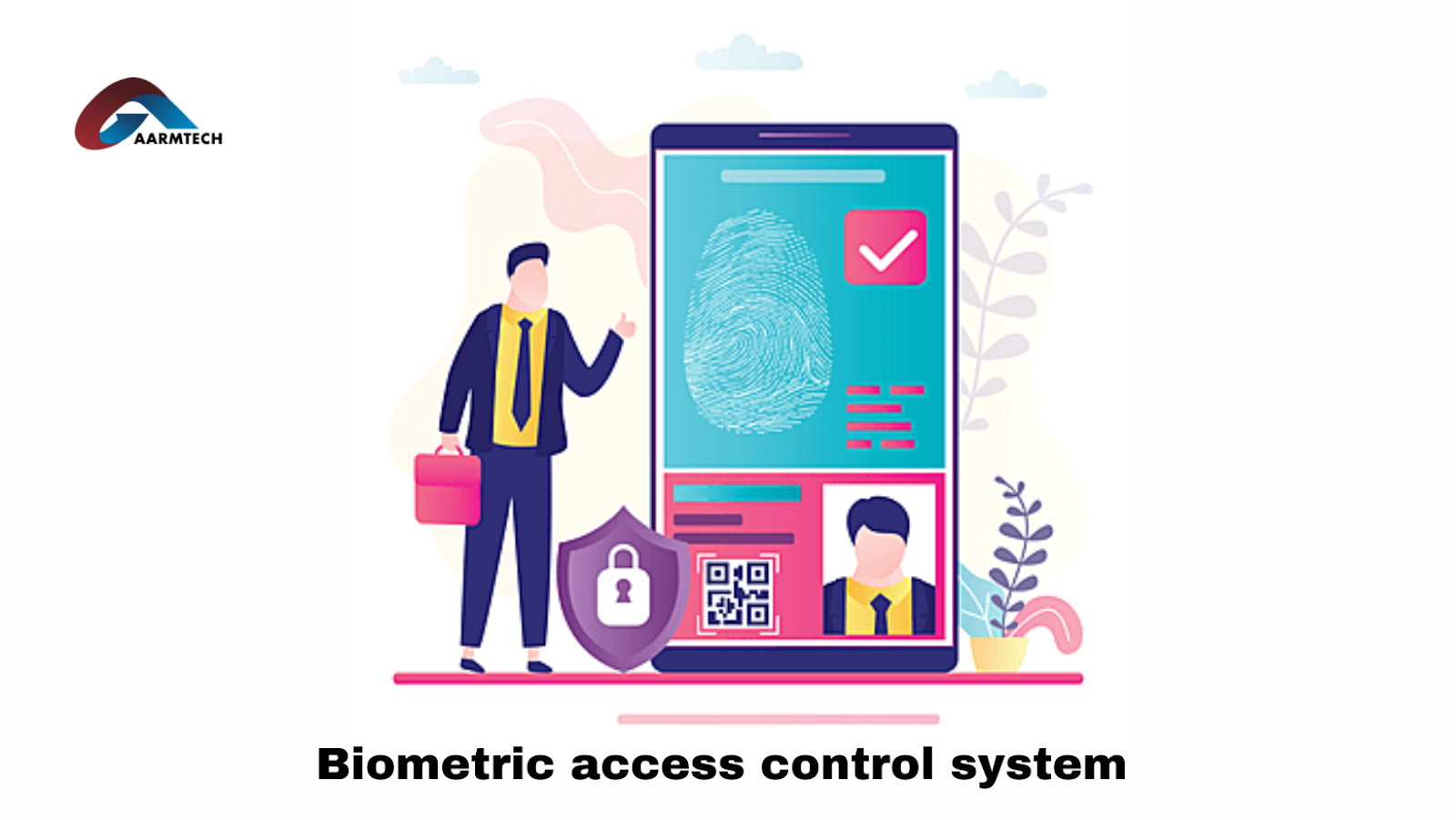What is Biometric Access Control System?
Get information regarding the biometric access control system

What is Biometric Access Control System?
A biometric access control system is a security system that uses the unique characteristics of an individual to identify him/her. Biometric systems use either fingerprint, hand geometry, or iris recognition to identify the person. The biometric data collected can be used for identification and verification purposes like opening doors, logging into computers etc.
Biometric access control systems are used for controlling the entry and exit of people into a building or a facility. It is based on fingerprint recognition, iris scanning, voice recognition etc. It can be used to restrict unauthorized persons from entering an area. Biometrics can also be used as an identification method for employees in order to identify them when they enter into their workplace or office premises. Biometrics gives a higher security level over other conventional methods like passwords and PINs because it is more difficult to crack than these two methods.
The history behind Biometrics authentication
Biometrics is a technology that uses unique characteristics of humans to identify them. It has been used in various applications such as security, access control, and identification for years now. The first biometric system was developed by Henry Faulds in 1884. Since then, it has evolved significantly into the modern-day application that we see today with different algorithms and technologies being used to capture human behavior patterns or measurements from the human body.
A biometric access control system is a security system that uses the unique characteristics of the user to identify and authenticate. The most common biometrics used in access control systems are fingerprint, face, voice or iris. Biometrics can be used for authentication to gain access to protected areas such as buildings, airports etc. It also prevents unauthorized people from entering the premises by matching their fingerprints with those stored on the database.
How does it work?
The biometric sensor captures an image of the finger or hand print which is then compared with all the existing records in order to verify identity and grant entry into any secured area.
The main advantages of biometric access control systems are:
- using biometrics as an identification method is that it provides a high level of accuracy compared to other methods like voice recognition and passwords.
- Unlike passwords which can easily be compromised by hackers, biometrics are more secure because they cannot be duplicated or stolen from someone else’s body
- Biometric access control system is the most advanced security technology in the market.
- It uses a unique biometric identification process to identify an individual person.
- Biometrics are highly accurate, quick, and reliable ways of identification.
- The speed at which a person can be identified using his/her fingerprint or iris scan is much faster than other methods like password or PIN code entry. This means that you can have more people entering your building in less time and with less effort on your part.
What are the features of a Biometric access control system?
Faster Authentication
Authentication uses biometrics to verify the identity of an individual. Biometrics are unique physical characteristics, such as fingerprints and iris scans, that can be used to identify individuals. Faster Authentication is a way for users to verify their identities by using their biometric data instead of passwords or PINs.
Convenient
Convenience is what we are all looking for. It’s not that hard to get a fingerprint reader or facial recognition, but it’s still far from being convenient. You have to put on some kind of mask or glasses and you need to be in front of the camera for at least 10 seconds. This is definitely not convenient if you want to do something else during this time (like working).
Accuracy
The accuracy of biometrics is the percentage of correct recognition. It means that if a person has been enrolled in a biometric system and he/she is asked to show his/her identity, then the system will be able to recognize him/her with high accuracy.
Flexibility
The flexibility of biometrics is the ability to change facial recognition parameters, such as face size and shape, gender, or age. This enables us to adapt our system to different people with different faces.
Scalability
Scalability refers to how easy it is to scale up or grow a business or organization’s operations without compromising on the quality of service provided.
Access Control
Biometrics gives complete control to managers they can add and remove data.
Can’t stolen
Biometrics completely depends on individual metrics so it is difficult to steal.
Biometrics is the science of measuring and analyzing human characteristics (such as fingerprints, retina scans, and facial recognition) to identify people. Biometric information can be used for identification purposes in a variety of applications such as access control or authentication.
What are biometric identifiers?
A biometric identifier is any characteristic that uniquely identifies an individual and is measurable by scientific methods. Examples include fingerprints, DNA, retinal scans, voice prints, and face recognition. In some cases, these may be unique to one person while in other cases they may be shared with multiple individuals within a group such as family members or co-workers.











